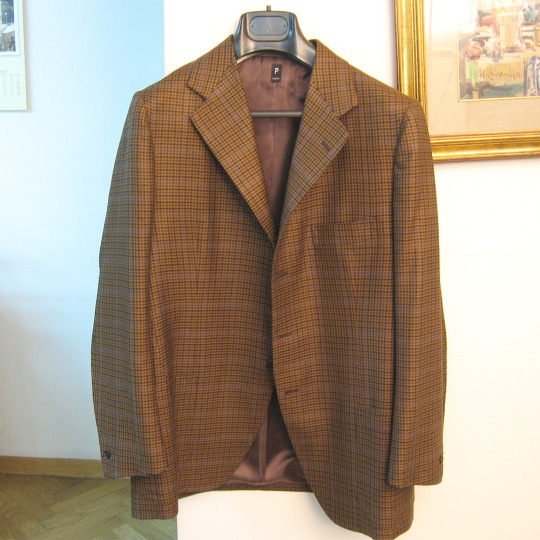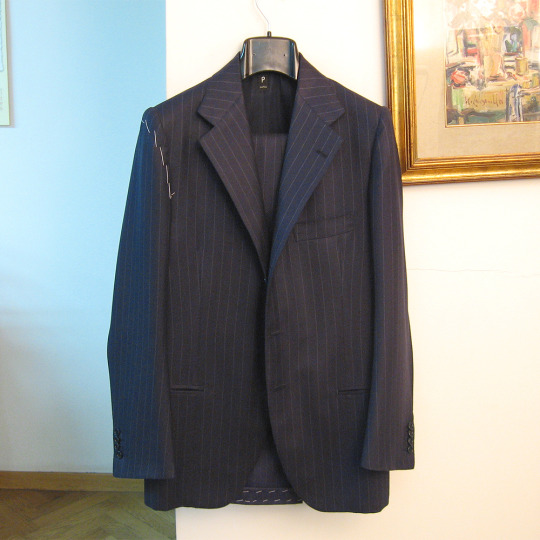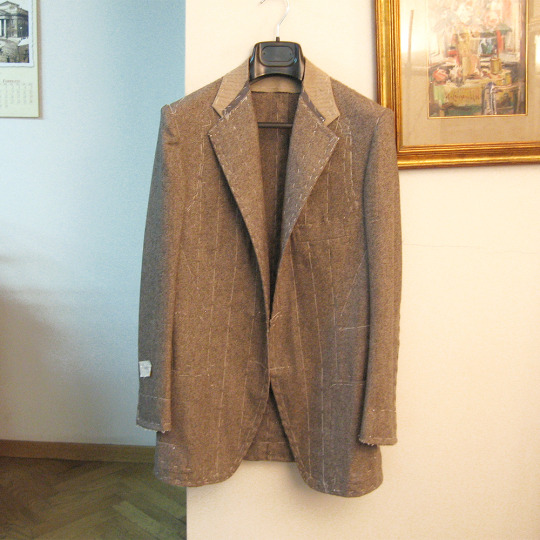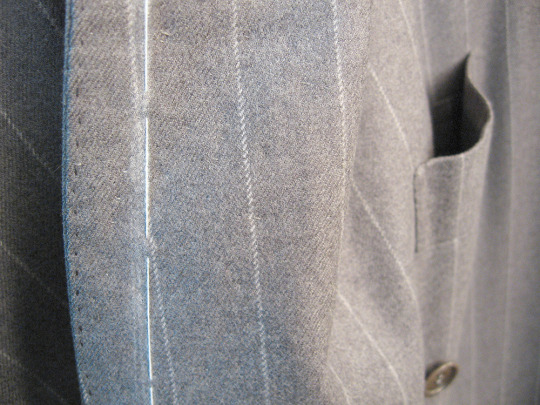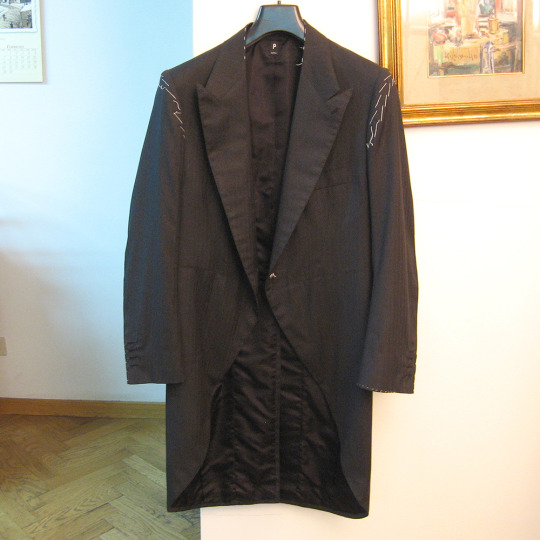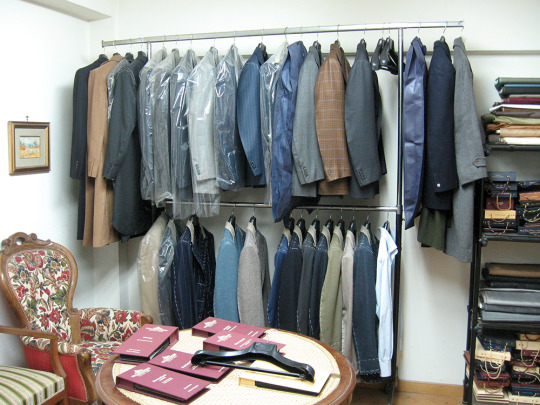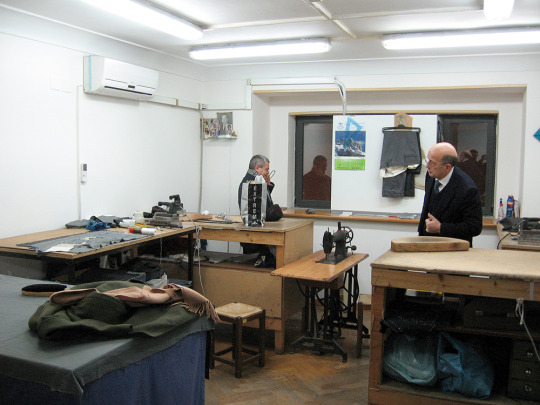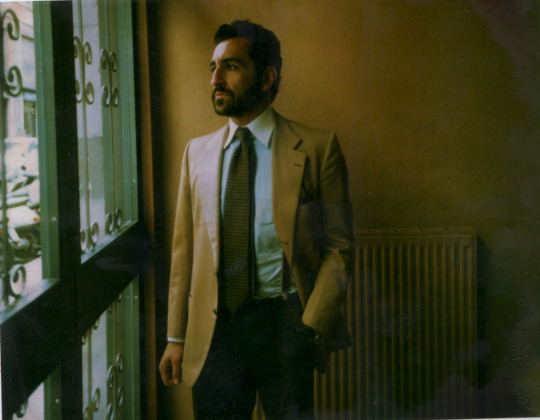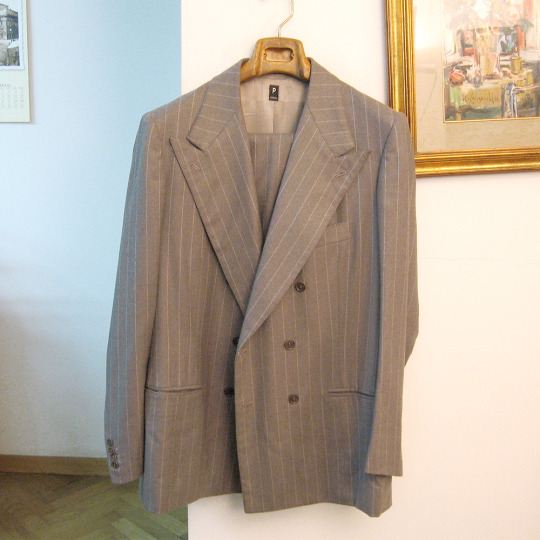
I was sad to learn a few months ago that Ciro Palermo passed away. Ciro, as some may know, was the inspiration for O’Mast, the 2011 documentary on Neapolitan tailoring by Gianluca Migliarotti. That’s partly because Gianluca grew up watching his father getting outfitted in Ciro’s workshop, and partly because Ciro was the last direct connection to Vincenzo Attolini – that famous early-20th century cutter who transported Domenico Caraceni’s soft tailoring techniques from Rome to Naples.
Like many tailors of his generation, Ciro Palermo grew up in a tailoring workshop and started his trade at a young age, first doing small tasks before becoming an apprentice. Working under Vincenzo Attolini, he eventually became the cutter’s right-hand man and helped define what we think of today as the classic Neapolitan silhouette. When Vincenzo unexpectedly died, he went off to start a new tailoring workshop with Vincenzo’s son, Claudio Attolini. And when Claudio shifted his focus to ready-to-wear, Ciro left again, this time not telling anyone where he was going.
Ciro’s clients eventually found him working out of a small apartment in the seaside district of Chiaia, where many of the city’s tailors are based. It’s in that apartment where I first saw Ciro’s tailoring (thanks to Gianluca, who took me there a few years ago). Unlike Rubinacci or Antonio Panico, Ciro’s workshop is modest – hidden away with no signage and sparsely decorated inside. Once in, you’ll find that it looks more like a small alterations shop than a top-end bespoke tailoring house.
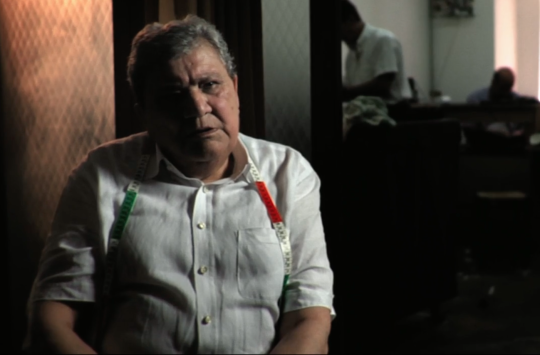
Still, the stuff I saw there was beautiful. Hand-tailored suits and sport coats with curvy quarters, straight lapels, and full sleeves set into high armholes. The silhouettes were very rounded, partly because the soft shoulders and slightly shorter lengths, but also because of the overall configuration of the details. There was even a rare morning coat (although it looked like it needed to be pressed).
Gianluca has a funny story about Ciro. His father, who had already been Ciro’s client for some time, once brought a friend he thought could use some new clothes. At their first meeting, the friend said to Ciro: “This guy tells me I dress terribly and that I should go to you, but what do you charge?” Ciro looked him up and down, decided that he did dress terribly, but replied: “Don’t listen to your friend; you look great.”
Gianluca said the real mistake was bringing money up at their first meeting. “Ciro hated talking about money, even with old clients. He thought of his tailoring as art, not business, and only liked to make things for people he considered to be friends. If he didn’t think he could be friends with you, he would politely turn you away. He was an old-school sort of Neapolitan tailor.”
Today, Ciro’s workshop bears the name of Ciro Zizolfi, his apprentice, but you can still see some of his work in O’Mast and the photos below. The first few show some things I saw in the workshop; the next few show Gianluca in jackets that were originally made for his father. The last image also shows Gianluca’s father in a Ciro-made pinstripe suit, while Ciro himself can be seen in the image directly above. Like with a lot of art, the tailor may be gone, but the work lives on.
